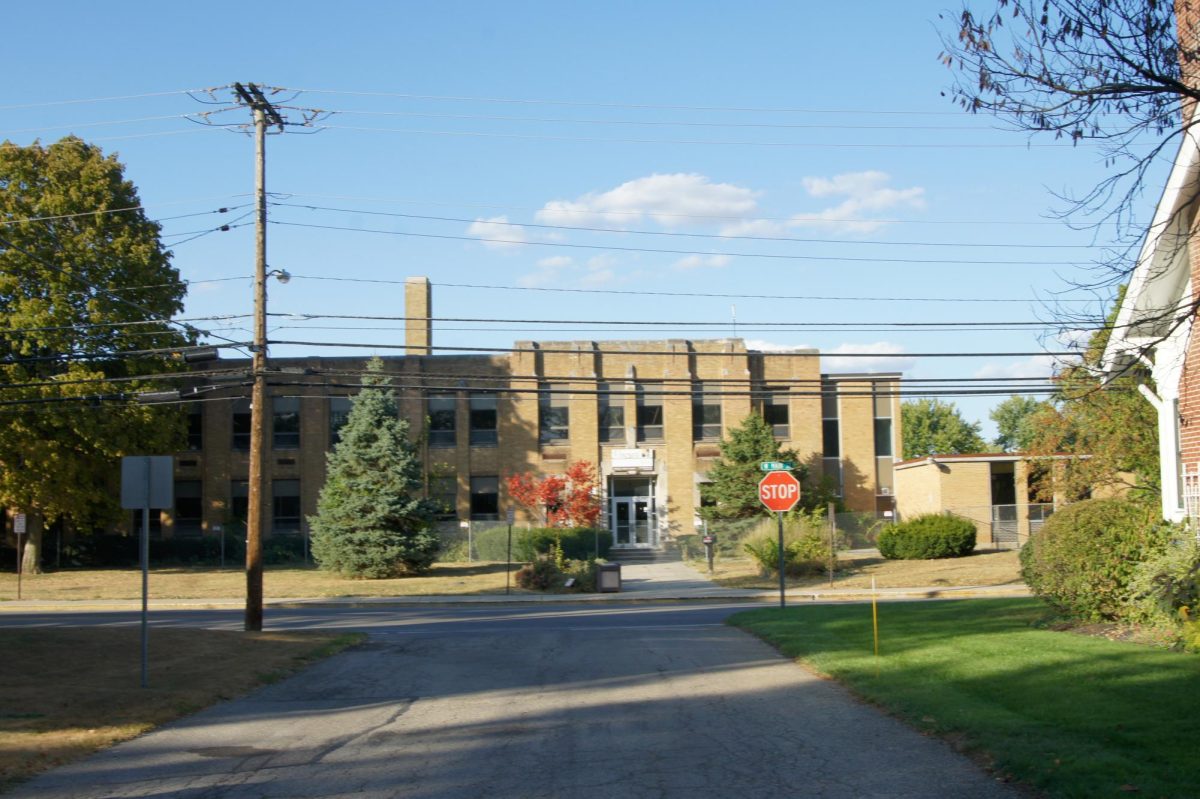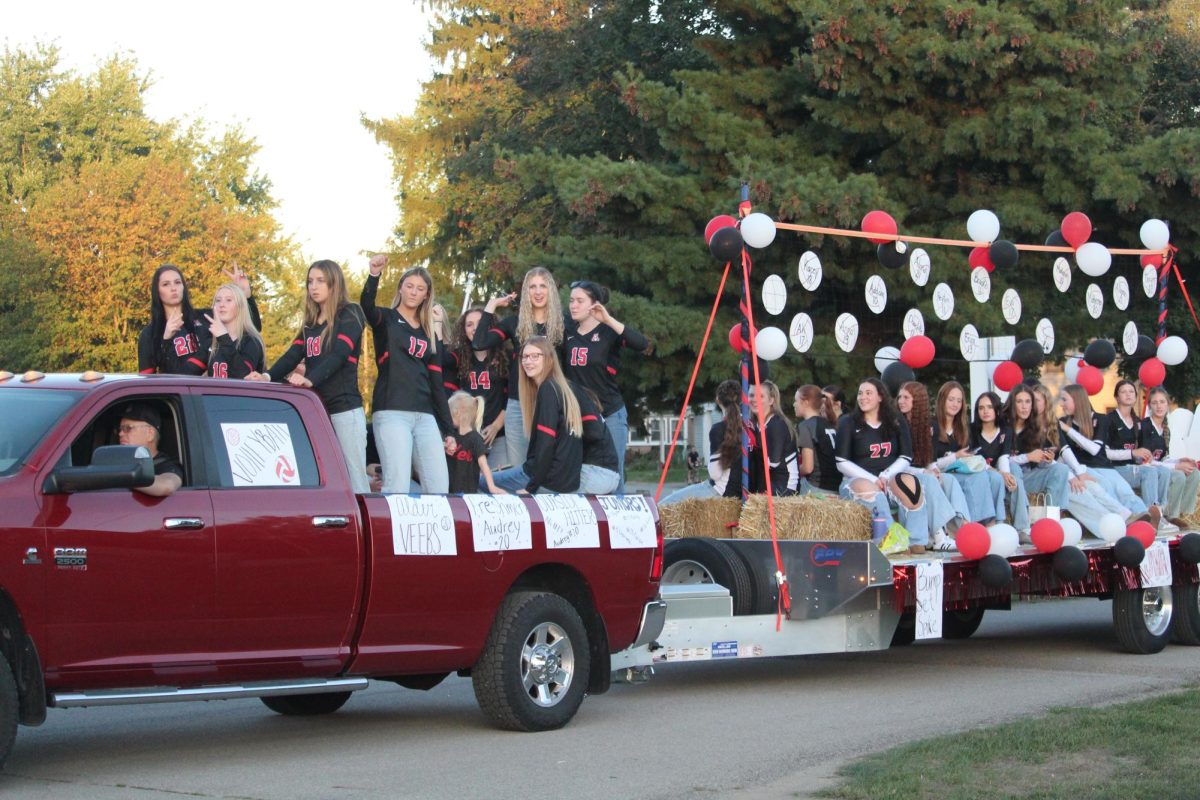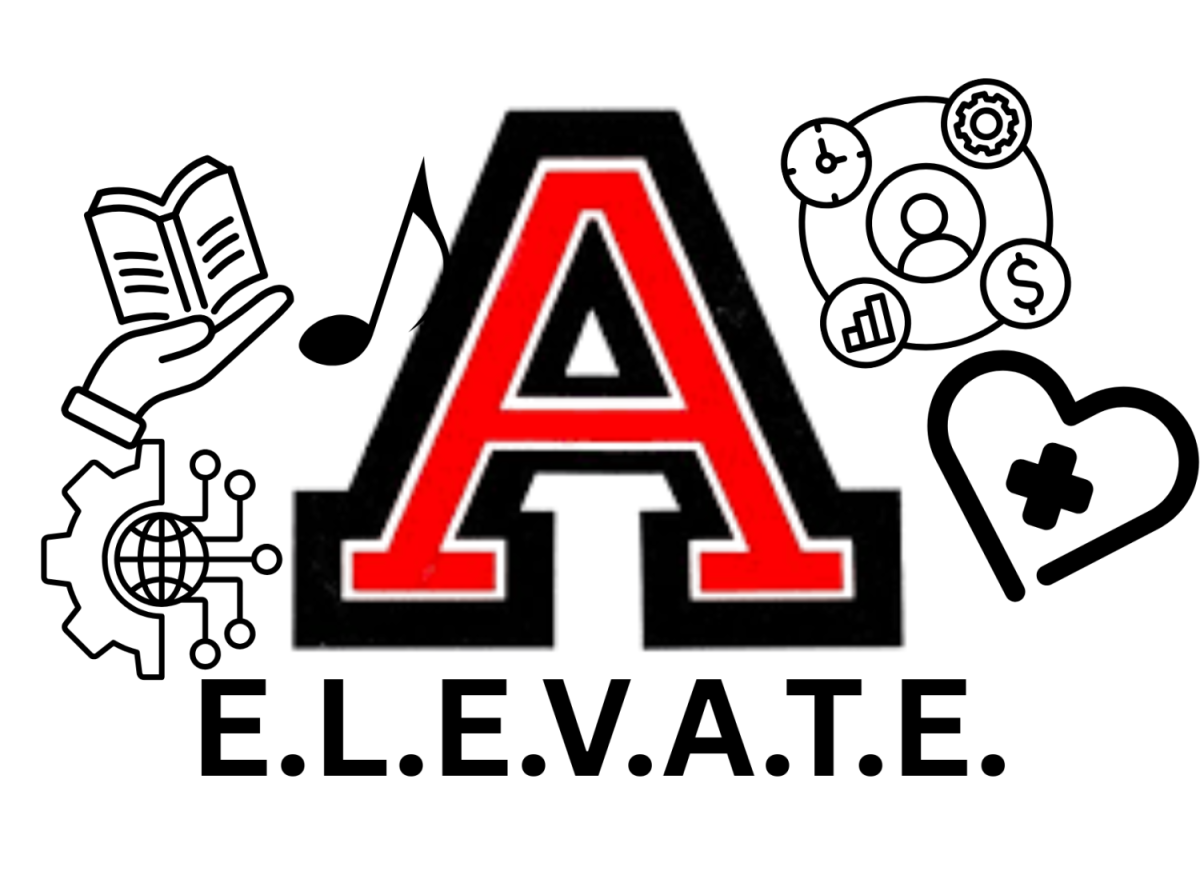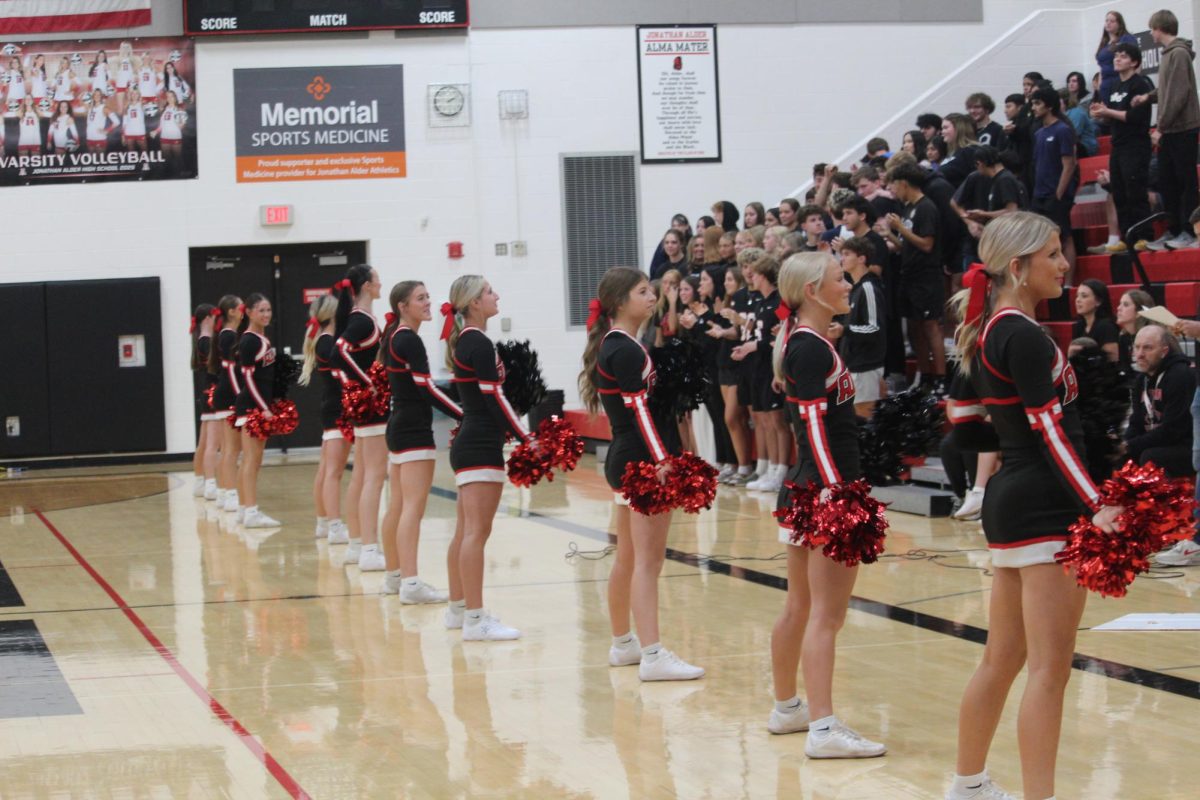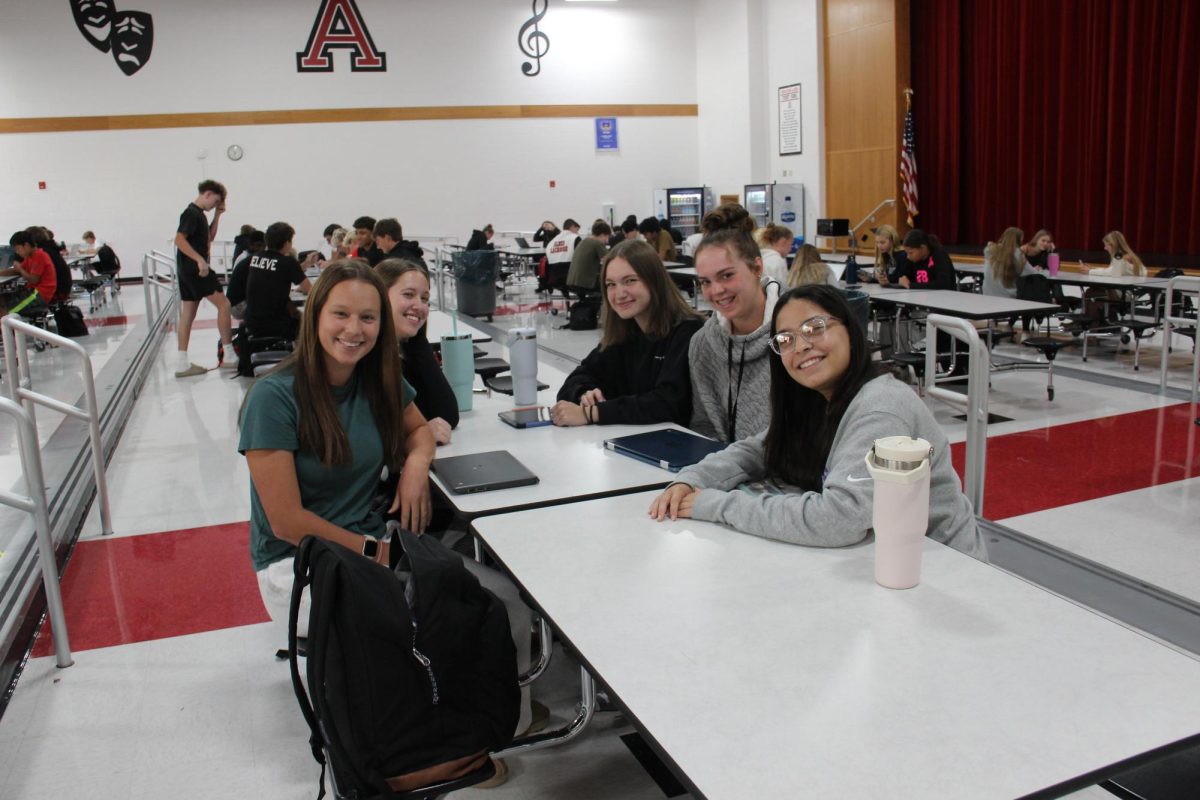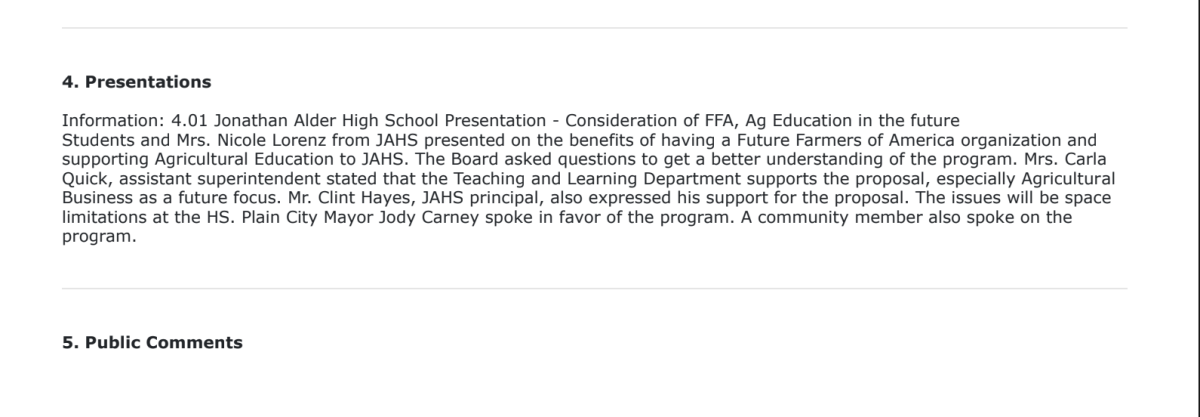The Jonathan Alder school district is growing, and facilities need updating to accommodate that growth. A few changes have already started happening, including the demolition of the old elementary school and the forming of several committees to plan for the future.
According to the Elevate Alder website, the formation of these teams is driven by anticipated growth: “To successfully accommodate an enrollment increase with adequate resources and appropriately sized facilities, our district has partnered with various educational planning experts to develop a facilities master plan.”
The district formed four different teams to help plan for the future: a district steering team, finance advisory team, educational visioning team, and community advisory team.
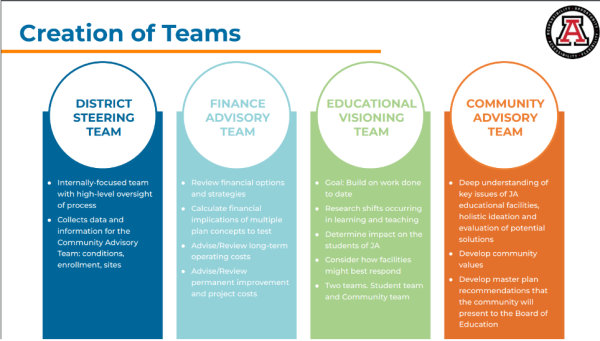
Graphic courtesy of Jonathan Alder School District
Wendy Hall, 9th grade physical science teacher and Alder graduate, has been part of both the educational visioning team and community advisory team.
“Some things people need to know is that we’re experiencing steady growth,” Hall says. “We are planning ahead for space at all grade levels to accommodate our current students and our new students who will be joining in the near future. So in our design process, we have to consider what a new building or remodeled building will look like and how that will impact other buildings in the district.”
Assistant Superintendent Carla Quick has been part of the visioning process for a year and her “role for this part of the big master Facilities Planning process was to help organize and oversee the educational visioning part of the process.”
One of the things they focused on in forming the teams was representing all stakeholders.
According to Quick, they wanted to “make sure we had representatives from the teaching staff and the community, and then we also had some students from grades five through twelve on the process.”
Quick said she “made sure that we had a good representation of the different groups, so that it wasn’t just parents of kids at one particular building.”
The Elevate Alder Website says the Educational Visioning Process wrapped up in August.
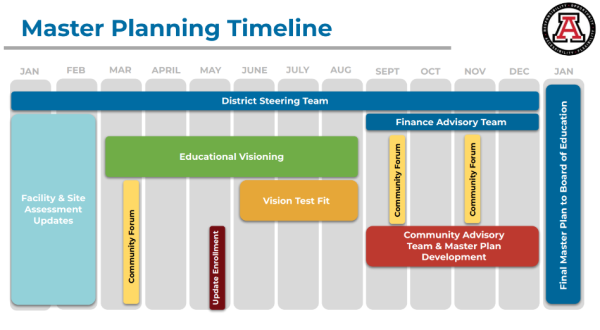
“We had three different dates,” Quick says. “Last year we started in February. We had a date in March, and we had a date in April. So, all three of those different teams met for two hours, and at each of the meetings, we asked the committee questions: What are our priorities as a district? What’s really important to you as a student who’s learning today and into the future? What do you think kids are going to need access to in the future?”
One part of the discussion has been what to do with the old elementary building on West Main.
Dr. James Miller, Jonathan Alder superintendent, said that when he was hired in 2022, he learned that the old elementary school building had not been used for school use for over a decade and knew a decision had to be made.
“I worked with the Jonathan Alder Strategic Planning Committee,” he says, “a group of about 40 community members, and discussed using funds to restore this building or bring down the building and use that site and property for school use in the future.”
Ultimately, the group decided the building needed to be demolished.
“Since bricks have been falling out and the building was crumbling,” Miller says, “they agreed that was probably safest for the community to bring that down. So it was a team decision.”
The decision was received with mixed feelings from the community.
“It is part of our history, but even what we call the old elementary was not the first school in Plain City,” says Hall. “A lot of people are upset, but it’s not the first one we had.”
When they made the decision to demolish the building, Miller had to get multiple approvals through the Village of Plain City and the Design Review Board to get the necessary approval.
On September 18, district administration sent an email about the lengthy planning and preparation process: “Complete Demolition Services have taken over 11 weeks to delicately prepare the old PC elementary building for demolition.”
The process took some time because of the building’s age.
Miller says, “When you have a building this old, it is built with materials that can be hazardous to breathe in and we don’t want it to go into the atmosphere. So by law, before demolition, they have to remove any type of asbestos or lead and very carefully wrap it in plastic. Then they have to dispose of it properly before they can knock down the brick. So the 11 weeks was removing all the hazardous materials and getting them off site so then they could demolish the building.”
On September 23, they started the process by using a big excavator that brings down the building very softly.
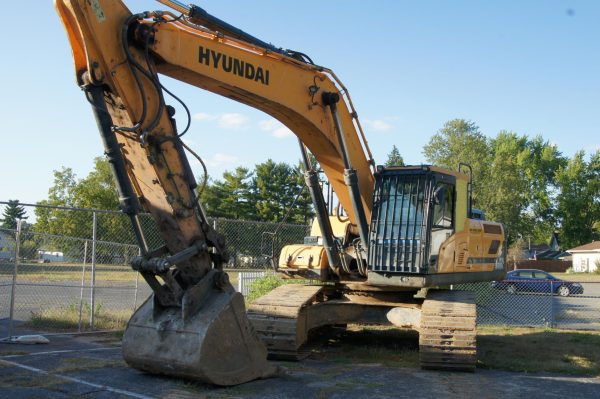
Miller says, “When you think about demolishing a building, you may think of maybe a wrecking ball or pushing it over, but they use this heavy duty claw that they start to reach the building at the top, take corners and pieces of it, and then setting it down softly and sorting it out because we don’t want to disturb that area or have such loud or significant vibrations that it can damage the houses around.”
While there are no plans for what to do with the space next, that is part of the ongoing discussions with all of the teams formed by the district.
“Our intentions are to work with the village,” says Miller. “It is my hope that there could be, you know, a community park, grass area, maybe a water park, but also maybe some offices or some pre-K classrooms and maybe a gym, but for the community and school use.”
Some of that office space might be for the district’s central office, which is currently in the high school building.
“If we were able to move out of the high school and go and build another central office, then these could be turned into classrooms and it would create more space for the high school and Mr. Hayes,” says Miller.
The company that would help with this project is the same one that Quick worked with on the visioning process: Steed, Hammond and Paul.
According to Quick, the firm has met with different teams nine different times. “They took all of that information that the students, the staff and the family shared, and they combined it all into a kind of package,” Quick says. “They took all the different things that people said and tried to really synthesize it and make sure that it was an easy to understand few statements.”
According to the website, the statements are “Active learning,” “community of collaboration,” “culture of connection,” and “fostering wellness.”
The next step is to share the results from all of the team meetings with the board.
“They will present this plan to the Board of Education in December of 2024,” Quick says. “Then from there, the board will decide what we need to do, which will help decide how soon construction will happen.”


